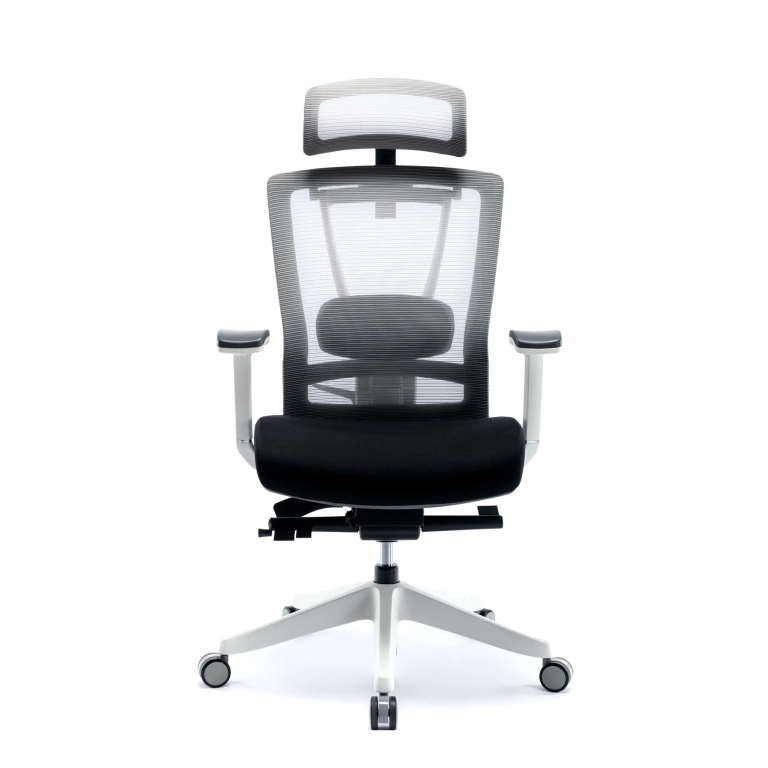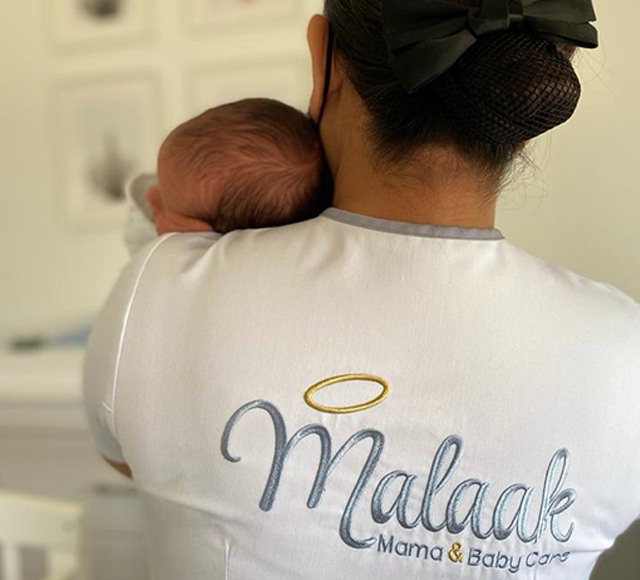3D print Dubai, also known as additive manufacturing, has emerged as a transformative technology with a wide range of applications across various industries. From manufacturing and healthcare to aerospace and fashion, 3D printing has proven to be a versatile tool that unlocks new possibilities and fosters innovation. In this article, we explore some of the fascinating uses of 3D printing, showcasing how this cutting-edge technology is reshaping the way we create, design, and interact with the virtual world.
Rapid prototyping and product development:
One of the earliest and most prominent uses of 3D printing is rapid prototyping and product development. Companies can now design and produce prototypes of new products quickly and cost-effectively. This enables faster iterations and improvements in the design process, reducing time-to-market and allowing businesses to stay ahead in competitive industries.
Customized manufacturing:
3D printing empowers manufacturers to create highly customized products tailored to individual needs and preferences. From personalized consumer goods to patient-specific medical devices, 3D printing enables customization at a level that was previously unimaginable with traditional manufacturing methods.
Architecture and construction:
In the field of architecture and construction, 3D printing is revolutionizing the way buildings and structures are designed and built. Large-scale 3D printers can fabricate entire building components, allowing for the rapid construction of complex geometries and innovative architectural designs. 3D printing also enables the use of sustainable materials, contributing to more eco-friendly and resource-efficient construction practices.
Healthcare and biomedical applications:
The medical industry has embraced 3D printing for a myriad of applications, including the creation of patient-specific surgical guides, implants, and prosthetics. With 3D printing, healthcare professionals can design and produce personalized medical devices that perfectly match a patient’s unique anatomy, leading to improved outcomes and enhanced patient care.
Education and learning tools:
3D printing has found its way into educational settings, serving as a valuable tool for interactive learning experiences. Students can use 3D printers to bring abstract concepts to life, creating physical models of molecules, historical artifacts, and even architectural structures. This hands-on approach to learning fosters better understanding and engagement among students.
Art and design:
Artists and designers have embraced 3D printing as a medium for creating intricate and innovative artworks. From sculptures and jewelry to fashion designs, 3D printing allows for the exploration of new artistic expressions and the realization of complex designs that would be challenging to achieve.




